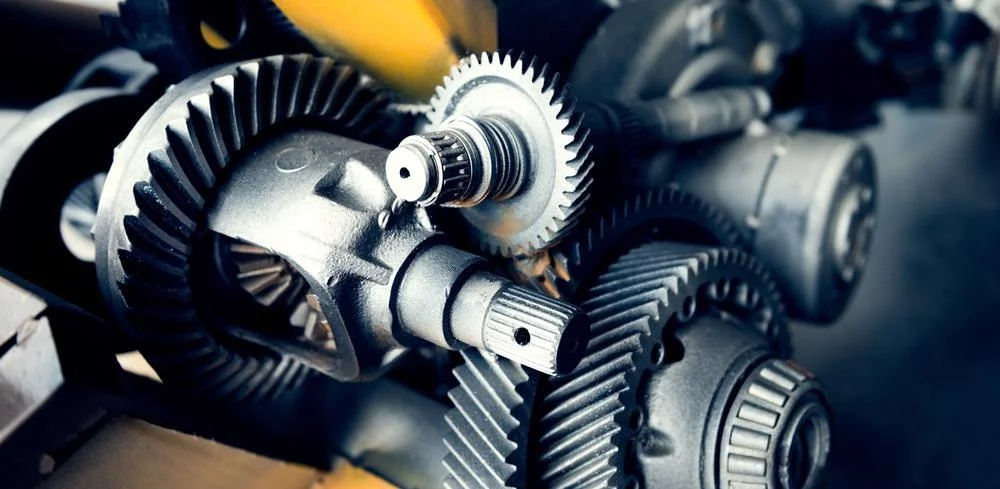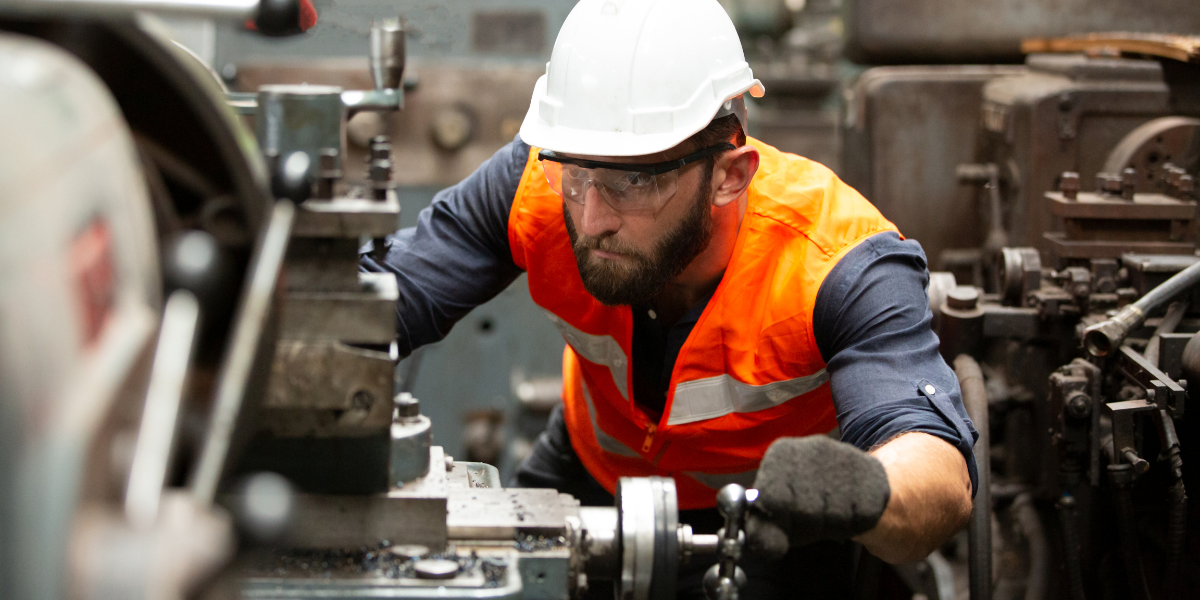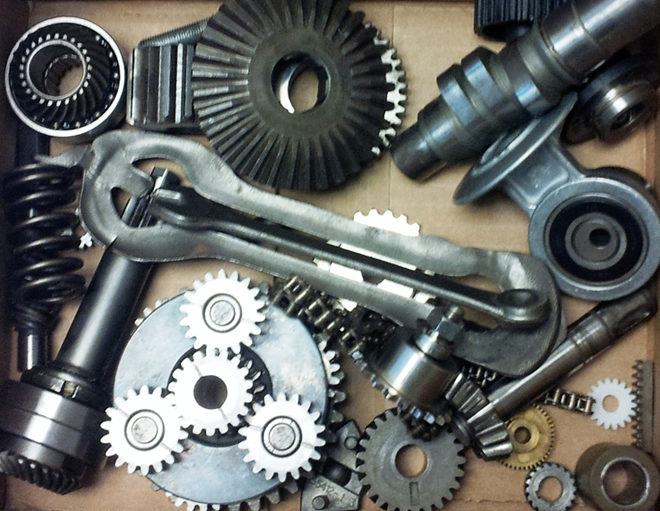Member 06
4 bài viết ·
Tham gia Jan 2025
Xử lý nhiệt thép carbon - Quy trình và thông số chuẩn

# Xử Lý Nhiệt Thép Carbon - Quy Trình Và Thông Số Chuẩn
Heat treatment là quá trình quan trọng để cải thiện tính chất cơ học của thép.
## Các Phương Pháp Xử Lý Nhiệt
### 1. Annealing (Ủ)
**Mục đích**: Làm mềm, giảm stress, cải thiện machinability
**Quy trình**:
```
1. Heating: 750-850°C (trên A3)
2. Holding: 1-2 giờ
3. Cooling: Furnace cooling (chậm)
4. Result: Soft, machinable structure
```
### 2. Normalizing (Thường Hóa)
**Mục đích**: Đồng đều cấu trúc, cải thiện tính chất
**Quy trình**:
```
1. Heating: 850-900°C
2. Holding: 30-60 phút
3. Cooling: Air cooling
4. Result: Fine grain structure
```
### 3. Hardening (Tôi)
**Mục đích**: Tăng độ cứng, wear resistance
**Quy trình**:
```
1. Heating: 800-850°C (trên A3)
2. Holding: 15-30 phút
3. Cooling: Water/Oil quenching
4. Result: Hard, brittle martensite
```
### 4. Tempering (Ram)
**Mục đích**: Giảm brittleness, tăng toughness
**Quy trình**:
```
1. Heating: 150-650°C
2. Holding: 1-2 giờ
3. Cooling: Air cooling
4. Result: Balanced hardness/toughness
```
## Thông Số Cho Thép Carbon
### Low Carbon Steel (0.1-0.3% C):
#### Normalizing:
- **Temperature**: 870-920°C
- **Time**: 30-45 phút
- **Cooling**: Air
- **Result**: 150-200 HB
#### Case Hardening:
- **Process**: Carburizing
- **Temperature**: 900-950°C
- **Time**: 4-8 giờ
- **Case depth**: 0.5-1.5mm
### Medium Carbon Steel (0.3-0.6% C):
#### Hardening:
- **Temperature**: 820-870°C
- **Quenchant**: Oil
- **Hardness**: 50-60 HRC
#### Tempering:
- **150°C**: 58-60 HRC (tools)
- **300°C**: 45-50 HRC (springs)
- **500°C**: 30-35 HRC (gears)
### High Carbon Steel (0.6-1.0% C):
#### Hardening:
- **Temperature**: 780-820°C
- **Quenchant**: Water/Brine
- **Hardness**: 60-65 HRC
#### Tempering:
- **200°C**: 60-62 HRC (cutting tools)
- **400°C**: 40-45 HRC (chisels)
- **600°C**: 25-30 HRC (springs)
## Equipment Requirements
### Furnace Types:
- **Electric**: Precise control, clean
- **Gas**: Cost effective, large parts
- **Induction**: Fast heating, selective
### Quenching Media:
- **Water**: Fast cooling, risk of cracking
- **Oil**: Moderate cooling, less distortion
- **Polymer**: Controlled cooling rate
- **Air**: Slow cooling, minimal distortion
## Quality Control
### Testing Methods:
#### Hardness Testing:
```
- Rockwell C (HRC): Hardened parts
- Brinell (HB): Soft materials
- Vickers (HV): Thin sections
```
#### Microstructure:
```
- Optical microscopy
- Grain size measurement
- Phase identification
```
#### Mechanical Properties:
```
- Tensile strength
- Impact toughness
- Fatigue resistance
```
## Common Problems
### Cracking:
**Causes**:
- Quench too fast
- Sharp corners
- Contamination
**Solutions**:
- Slower quenchant
- Stress relief
- Clean surfaces
### Distortion:
**Causes**:
- Uneven heating
- Rapid cooling
- Residual stress
**Solutions**:
- Uniform heating
- Fixtures/jigs
- Pre-stress relief
### Soft Spots:
**Causes**:
- Insufficient temperature
- Poor circulation
- Scale formation
**Solutions**:
- Temperature verification
- Atmosphere control
- Surface preparation
## Safety Considerations
### PPE Required:
- **Heat resistant** gloves
- **Safety glasses**
- **Protective clothing**
- **Respiratory protection**
### Ventilation:
- **Exhaust systems** for fumes
- **Fresh air** supply
- **Gas detection** systems
## Cost Optimization
### Batch Processing:
- **Group** similar parts
- **Maximize** furnace capacity
- **Minimize** heat cycles
### Energy Efficiency:
- **Insulation** maintenance
- **Heat recovery** systems
- **Optimal** scheduling
Ai đã làm heat treatment chưa? Share kinh nghiệm nhé!





1 phản hồi